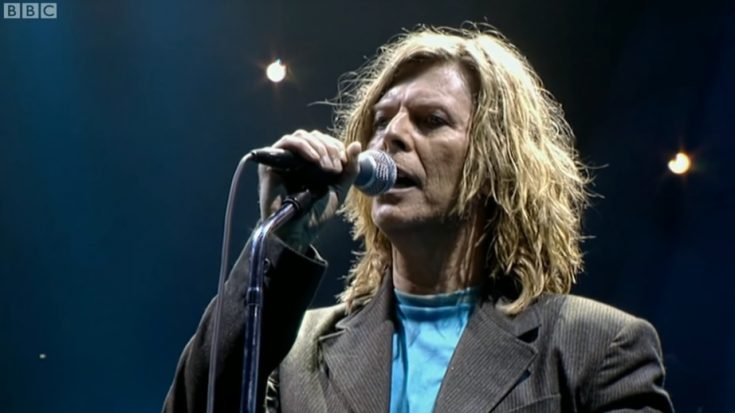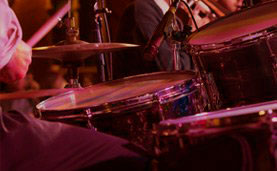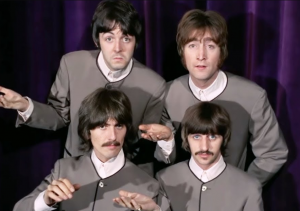Why Was The Creation Of “Aladdin Sane” Important For David Bowie’s Career

David Bowie live in Glastobury, 2000 - Past&Present / Youtube
The King is dead, long live the King.
As much as David Bowie’s Ziggy Stardust persona brought him success, he eventually got tired of it all. The extraterrestrial glam rocker wasn’t doing Bowie any personal growth, and he had to find a way to ditch Ziggy. Bowie decided to kill off Ziggy Stardust by donning a new one, by the name of Aladdin Sane. This new, darker character was the product of Bowie’s journey in America. The dregs of society inspired Bowie to innovate with the heavier themes of reality.
https://www.instagram.com/p/BkbUFnahnNQ/
With the iconic thunderbolt streak across the pale, ghastly facade of Aladdin Sane, Bowie was fully committed to this new phase in his artistic expression. The entropy of this new persona and the accompanying LP allowed him to produce the sleaze infected, chaotic sound Aladdin Sane was known for. A clever play on words, it also spelled out as “a lad insane”. According to Bowie, this was a monumental point in his career, “There was a point in ’73 where I knew it was all over, I didn’t want to be trapped in this Ziggy character all my life,” Bowie continues. “And I guess what I was doing on Aladdin Sane, I was trying to move into the next area – but using a rather pale imitation of Ziggy as a secondary device. In my mind, it was Ziggy Goes to Washington: Ziggy under the influence of America.”
And while Aladdin Sane was not your conventional chap, the persona and music related to those who are stranded on this rock in space we call home. The ostentatious LP was conceived as Bowie was on the road in his Ziggy Stardust tours, indicating his premeditated course of action, with “Watch That Man” and “Jean Genie” penned in New York, “Cracked Actor” in Los Angeles, “Drive-in Saturday” between Phoenix and Seattle, and the title track on board the RHMS Ellinis. Bowie sought inspiration for the new persona with the stimuli he encountered along the way.
Aladdin Sane’s unprecedented success even before its release reinforced Bowie’s resolution to continuously reinvent himself. Aladdin Sane was the pivotal point of Bowie’s numerous transformations, which led to him being dubbed as The Chameleon. Bowie’s constant seeking of change and innovation was cemented his place as the industry’s most versatile rock artist. Ziggy Stardust paled in comparison to Aladdin Sane, child’s play really. David Bowie’s restless energy traversed multiple realms of artistry, only to cease due to the mortality that plagues us all.












